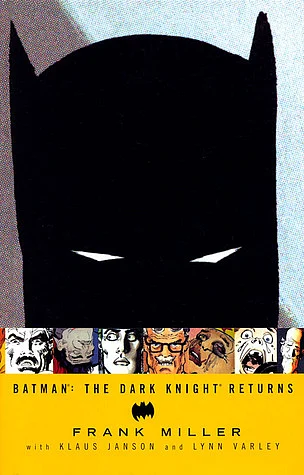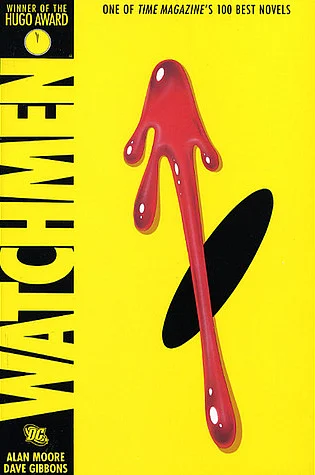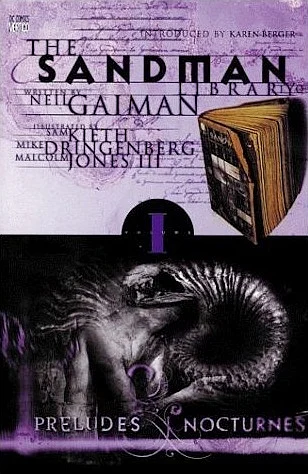When the Swedish Academy decided to award Bob Dylan the Nobel Prize in Literature "for having created new poetic expressions within the great American song tradition," in 2016, it was hailed as ‘the most radical choice’ in the Prize’s century-long history.
It also brought to the fore a question that has been asked since times immemorial: What constitutes literature?
In his Nobel lecture, Dylan says that after being nominated for the Prize, he found himself reflecting on how his songs related to literature. While the artist has authored several books, he is a performer above all else. But does songwriting count as literature? And if songwriting is literature, what about other media, such as, say, graphic novels? Do they possess enough literary merit, and have they broken enough new ground, to ever be in the reckoning for the grandest award in the field? How does one quantify such things as literary merit in the first place?
Stories With Pictures
Visual elements have existed with the written word for millennia. There are fragments dating back to Ancient Greece with pictures in them; the Middle Ages saw block-illustrated Bibles; the English poet William Blake drew illustrations for much of his work; Roald Dahl’s books for children are richly and vividly illuminated by Quentin Blake – these are only a few examples, and chosen randomly over a period spanning 2,000 years.
Narrative art traditions, as Victor H Mair writes in his book Painting and Performance, have been around everywhere – in India through Southeast Asia, to China, thereon to Japan, and also to Europe. The practice of story recitation using pictures is ubiquitous.
However, while it contains images, an illustrated book is different from a graphic novel; in the latter, the narrative is constructed around both images and text, whereas in the former, images play a secondary role.
Does the equal, if not lopsided, emphasis on the visual, then, take away from the written and somehow lower its value? Or is it the close association with pop culture that hampers the chances of visual novels being taken seriously?
More Than Just Superhero Comics
Comics, manga and visual novels may be graphic novels too. In fact, the term ‘graphic novel’ is mocked at sometimes for being a mere marketing term (a more pretentious way of saying comics). Sometimes, the difference may be in the packaging.
A lot of comics, then – to switch to less fancy nomenclature – have superheroes in them. A bunch of comic book issues revolving around a certain story arc are sometimes repackaged as a graphic novel. Or a graphic novel may simply be a longer narrative that may diverge from other narratives in a superhero mythos.
Of course, comics may not be about superheroes at all. An artist/author may have recorded an autobiographical account of him interviewing his father, a Holocaust survivor, and used pictures to tell the story. No superheroes (of the caped variety).
Between 1980 and 1991, a path-breaking graphic novel – one that would revolutionise the medium – was serialised, and was showered with much critical acclaim.
Maus, by Art Spiegelman, has a lot of firsts to its credits. It made the autobiographical mode of graphic novel popular and was, perhaps, the first graphic novel to be taken up by academia for serious consideration.
Maus remains the only graphic novel till date to have been awarded a Pulitzer, albeit in a special category.
Interestingly, Bob Dylan has also won a Pulitzer in the same category though under a different subcategory.
There are several other examples of stellar narratives built around pictures.
There are, of course, well-conceptualised and impeccably narrated superhero comics, too. Alan Moore’s Watchmen, Neil Gaiman’s Sandman comics, and Frank Miller’s Batman: The Dark Knight Returns are popular, yet hardly trite. To put superhero comics into the trash pile on account of their popularity would be foolish.
Then Why the Drought?
Over the course of history, literature has been variously described as art of lasting merit, one that mirrors life as well as criticises it. The graphic novel, in its present form(s), may be a relatively new mode of storytelling, but authors of graphic novels have received prestigious awards, and their works are showered with critical acclaim and academic attention.
The Nobel Prize for Literature, it may be argued, is just one prize. It may be nothing more than another layer of validation, but perhaps it is time the Academy considered comics as a contender too, to be radical, and also because it is, perhaps, time to realign the boundaries — not that literature can ever have fixed boundaries, as evidenced by Dylan’s win last year.
(At The Quint, we question everything. Play an active role in shaping our journalism by becoming a member today.)
.jpg?rect=0%2C0%2C1920%2C1080&auto=format%2Ccompress&fmt=webp&width=720)
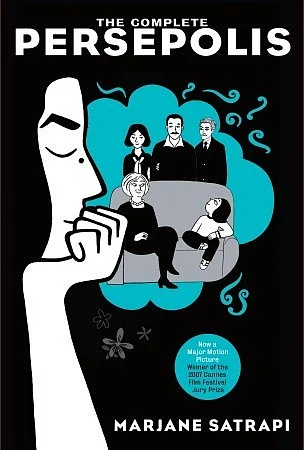
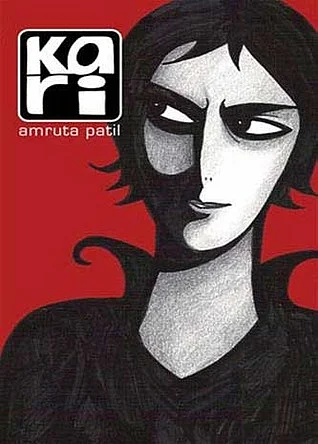

.jpg?auto=format%2Ccompress&fmt=webp&width=720)
.jpg?auto=format%2Ccompress&fmt=webp&width=720)
